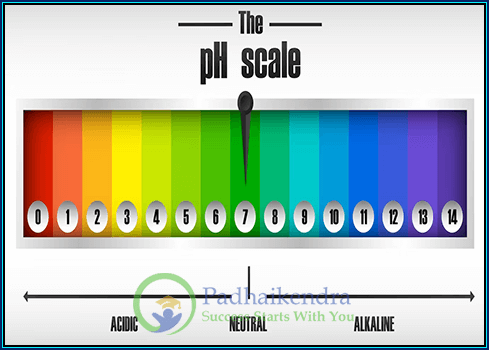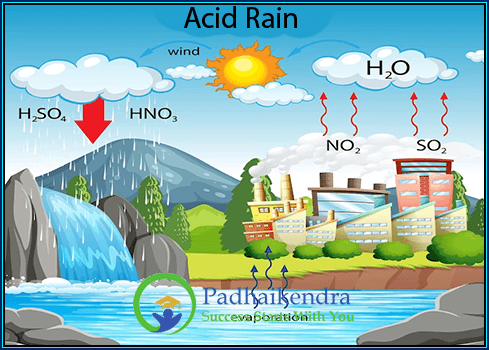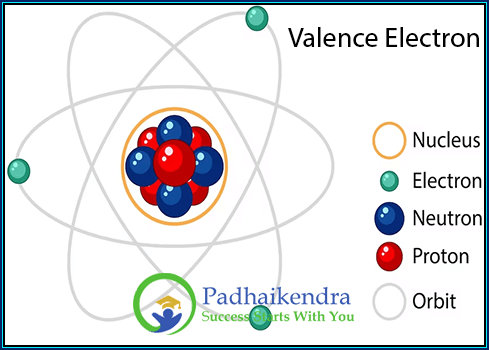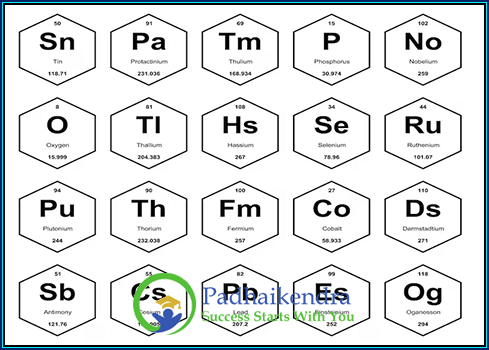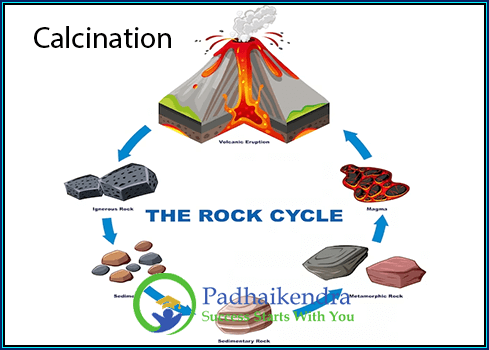What is pH scale?
The pH scale is a measure of the acidity or basicity (alkalinity) of a solution. The pH scale ranges from 0 to 14, with 0 being the most acidic, 14 being the most basic, and 7 being neutral.
 A solution with a pH of less than 7 is considered acidic, while a solution with a pH greater than 7 is considered basic or alkaline. A pH of 7 is neutral, which means that the solution has an equal concentration of hydrogen ions (H+) and hydroxide ions (OH-).
A solution with a pH of less than 7 is considered acidic, while a solution with a pH greater than 7 is considered basic or alkaline. A pH of 7 is neutral, which means that the solution has an equal concentration of hydrogen ions (H+) and hydroxide ions (OH-).
The pH of a solution can be measured using a pH meter or pH paper. The pH meter uses an electrode that is sensitive to hydrogen ions, while pH paper contains a chemical indicator that changes color depending on the pH of the solution.
Some common examples of the pH of different substances are:
- Battery acid: pH 1
- Lemon juice: pH 2
- Vinegar: pH 3
- Orange juice: pH 4
- Coffee: pH 5
- Milk: pH 6
- Pure water: pH 7
- Blood: pH 7.4
- Baking soda: pH 8
- Ammonia: pH 11
- Bleach: pH 12
- Sodium hydroxide (lye): pH 14
Maintaining the proper pH balance is important for many biological and chemical processes, including the human body’s acid-base balance, water treatment, and industrial processes.
pH scale FAQs
The pH scale is a numerical scale used to measure the acidity or alkalinity (basicity) of a solution. It ranges from 0 to 14, with 7 being considered neutral. Values below 7 indicate acidity, while values above 7 indicate alkalinity.
pH is measured using a pH meter or pH indicator paper/strips. The pH meter uses an electrode that measures the concentration of hydrogen ions in a solution, while pH indicator paper changes color based on the acidity or alkalinity of the solution.
A pH of 7 is considered neutral. This means the concentration of hydrogen ions (H+) and hydroxide ions (OH-) in the solution is equal.
Acidity is represented by pH values below 7 on the scale. The lower the pH value, the higher the concentration of hydrogen ions, indicating a higher level of acidity.
Alkalinity is represented by pH values above 7 on the scale. The higher the pH value, the higher the concentration of hydroxide ions, indicating a higher level of alkalinity (basicity).
The pH scale is logarithmic because it represents a tenfold difference in acidity or alkalinity between each whole number. For example, a solution with a pH of 3 is ten times more acidic than a solution with a pH of 4.
pH plays a crucial role in biological systems. Different organisms have specific pH requirements for optimal functioning. For example, human blood has a pH of around 7.4, which is slightly alkaline. Changes in pH levels can impact enzyme activity, cell function, and overall health.
Yes, pH levels can be adjusted using various methods. Adding an acid (such as vinegar or lemon juice) can lower pH, while adding a base (such as baking soda) can raise pH. In industrial and environmental settings, pH adjustment is often done using chemicals or other treatments.
 A solution with a pH of less than 7 is considered acidic, while a solution with a pH greater than 7 is considered basic or alkaline. A pH of 7 is neutral, which means that the solution has an equal concentration of hydrogen ions (H+) and hydroxide ions (OH-).
A solution with a pH of less than 7 is considered acidic, while a solution with a pH greater than 7 is considered basic or alkaline. A pH of 7 is neutral, which means that the solution has an equal concentration of hydrogen ions (H+) and hydroxide ions (OH-).
